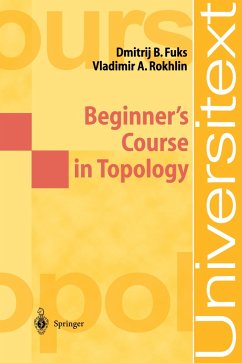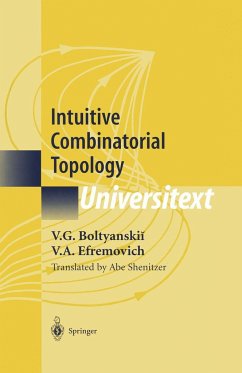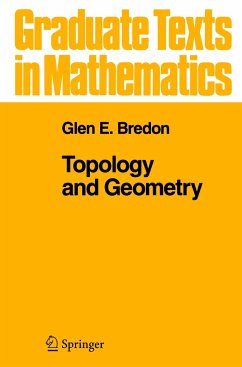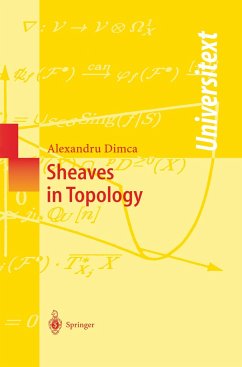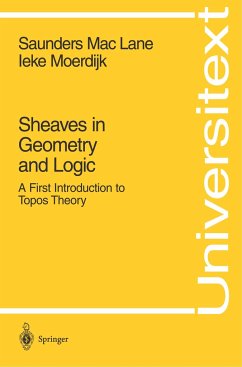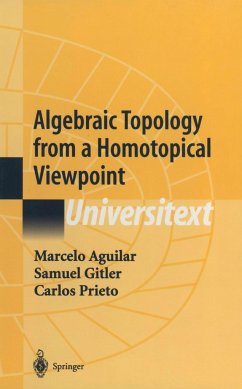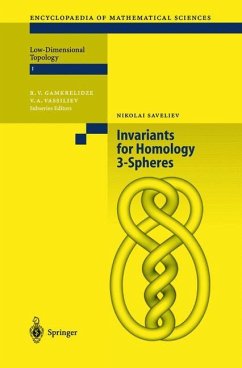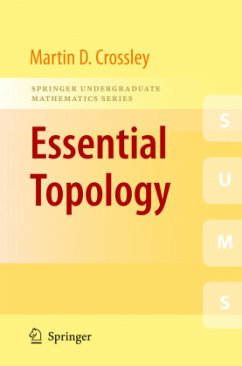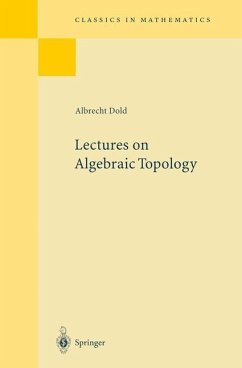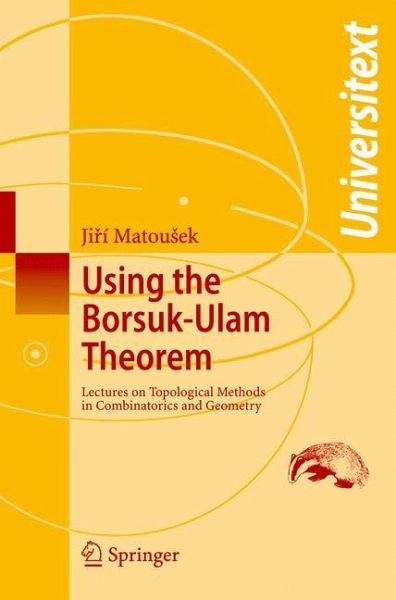
Using the Borsuk-Ulam Theorem
Lectures on Topological Methods in Combinatorics and Geometry
Mitarbeit: Björner, A.; Ziegler, G.M.

PAYBACK Punkte
27 °P sammeln!
A number of important results in combinatorics, discrete geometry, and theoretical computer science have been proved using algebraic topology. While the results are quite famous, their proofs are not so widely understood. They are scattered in research papers or outlined in surveys, and they often use topological notions not commonly known among combinatorialists or computer scientists.This book is the first textbook treatment of a significant part of such results. It focuses on so-called equivariant methods, based on the Borsuk-Ulam theorem and its generalizations. The topological tools are i...
A number of important results in combinatorics, discrete geometry, and theoretical computer science have been proved using algebraic topology. While the results are quite famous, their proofs are not so widely understood. They are scattered in research papers or outlined in surveys, and they often use topological notions not commonly known among combinatorialists or computer scientists.
This book is the first textbook treatment of a significant part of such results. It focuses on so-called equivariant methods, based on the Borsuk-Ulam theorem and its generalizations. The topological tools are intentionally kept on a very elementary level (for example, homology theory and homotopy groups are completely avoided). No prior knowledge of algebraic topology is assumed, only a background in undergraduate mathematics, and the required topological notions and results are gradually explained.
At the same time, many substantial combinatorial results are covered, sometimeswith some of the most important results, such as Kneser's conjecture, showing them from various points of view.
The history of the presented material, references, related results, and more advanced methods are surveyed in separate subsections. The text is accompanied by numerous exercises, of varying difficulty. Many of the exercises actually outline additional results that did not fit in the main text. The book is richly illustrated, and it has a detailed index and an extensive bibliography.
This text started with a one-semester graduate course the author taught in fall 1993 in Prague. The transcripts of the lectures by the participants served as a basis of the first version. Some years later, a course partially based on that text was taught by Günter M. Ziegler in Berlin. The book is based on a thoroughly rewritten version prepared during a pre-doctoral course the author taught at the ETH Zurich in fall 2001.
Most of the material was covered in the course:Chapter 1 was assigned as an introductory reading text, and the other chapters were presented in approximately 30 hours of teaching (by 45 minutes), with some omissions throughout and with only a sketchy presentation of the last chapter.
This book is the first textbook treatment of a significant part of such results. It focuses on so-called equivariant methods, based on the Borsuk-Ulam theorem and its generalizations. The topological tools are intentionally kept on a very elementary level (for example, homology theory and homotopy groups are completely avoided). No prior knowledge of algebraic topology is assumed, only a background in undergraduate mathematics, and the required topological notions and results are gradually explained.
At the same time, many substantial combinatorial results are covered, sometimeswith some of the most important results, such as Kneser's conjecture, showing them from various points of view.
The history of the presented material, references, related results, and more advanced methods are surveyed in separate subsections. The text is accompanied by numerous exercises, of varying difficulty. Many of the exercises actually outline additional results that did not fit in the main text. The book is richly illustrated, and it has a detailed index and an extensive bibliography.
This text started with a one-semester graduate course the author taught in fall 1993 in Prague. The transcripts of the lectures by the participants served as a basis of the first version. Some years later, a course partially based on that text was taught by Günter M. Ziegler in Berlin. The book is based on a thoroughly rewritten version prepared during a pre-doctoral course the author taught at the ETH Zurich in fall 2001.
Most of the material was covered in the course:Chapter 1 was assigned as an introductory reading text, and the other chapters were presented in approximately 30 hours of teaching (by 45 minutes), with some omissions throughout and with only a sketchy presentation of the last chapter.





